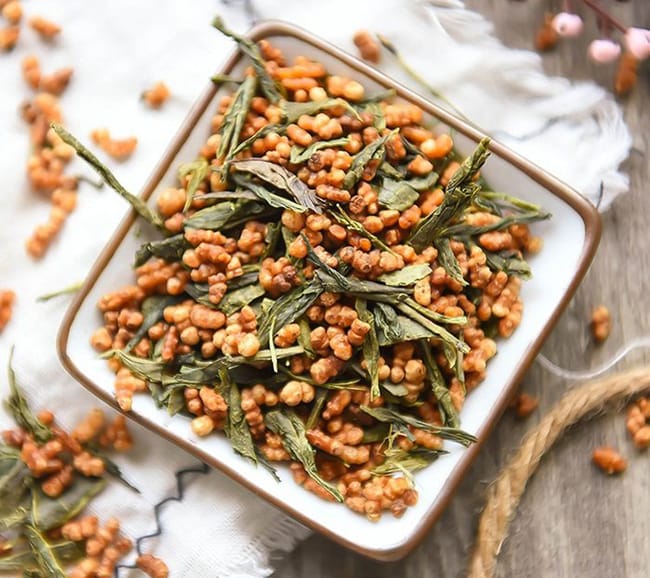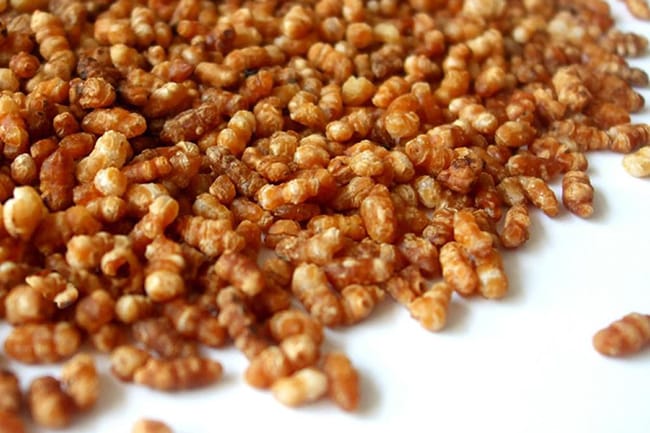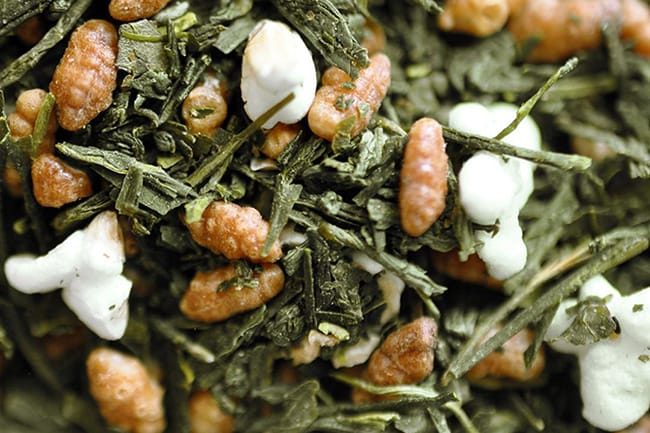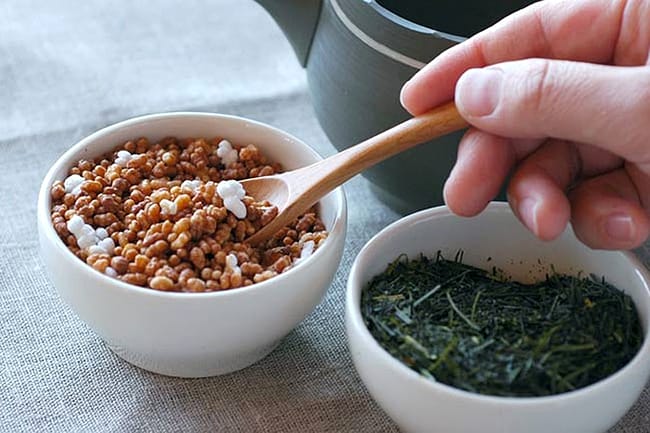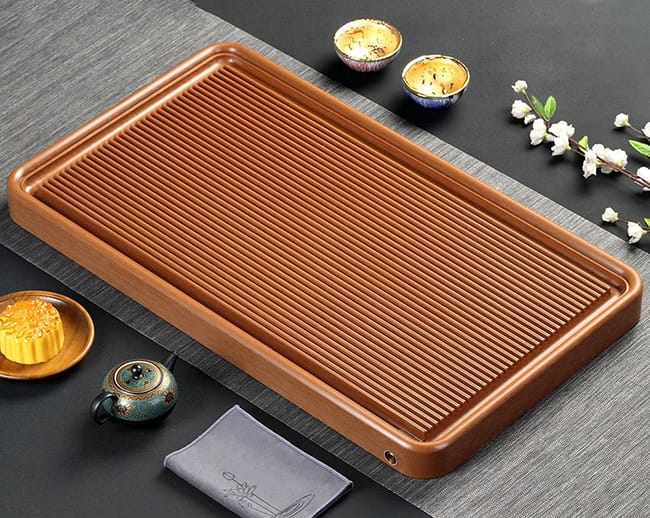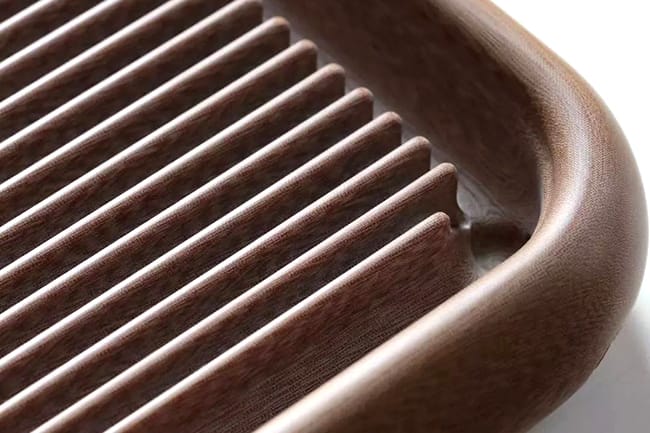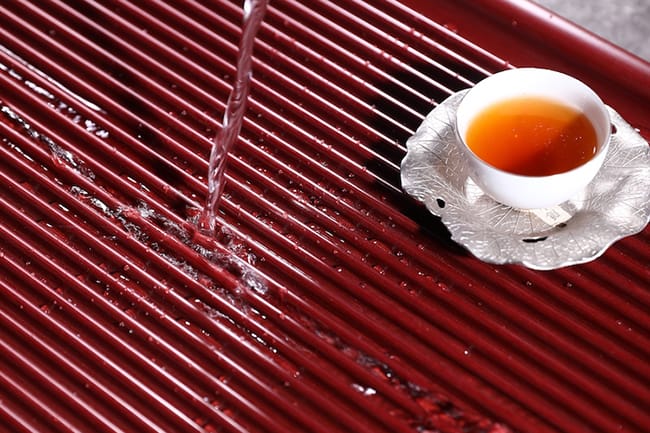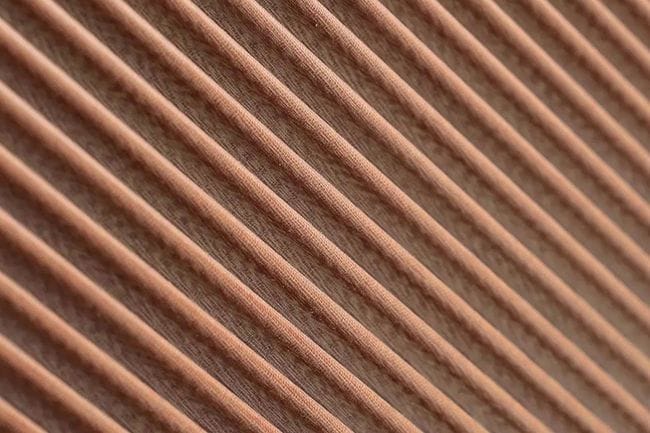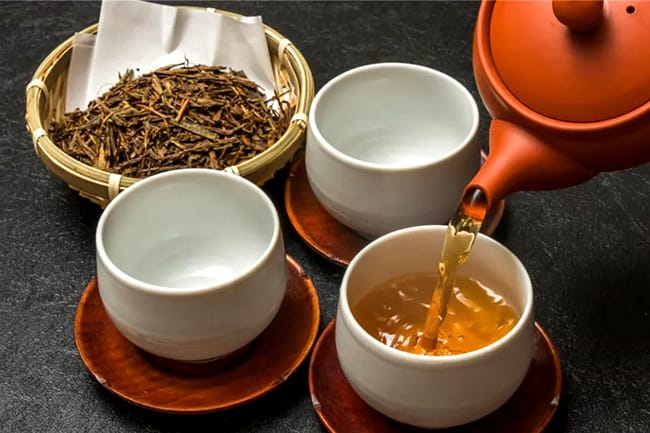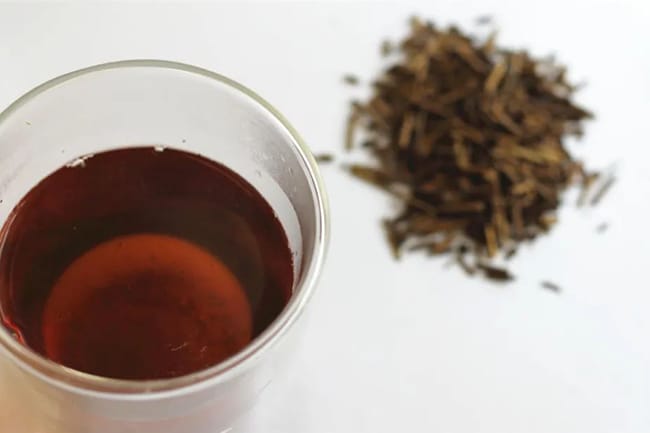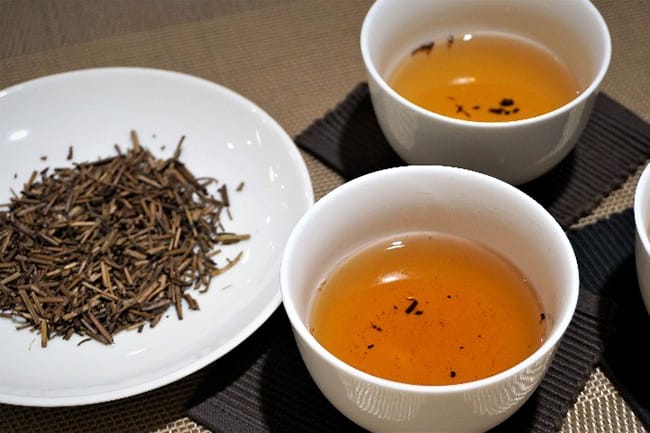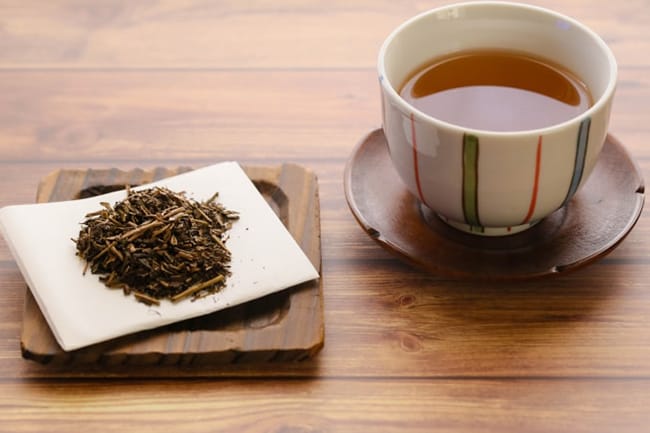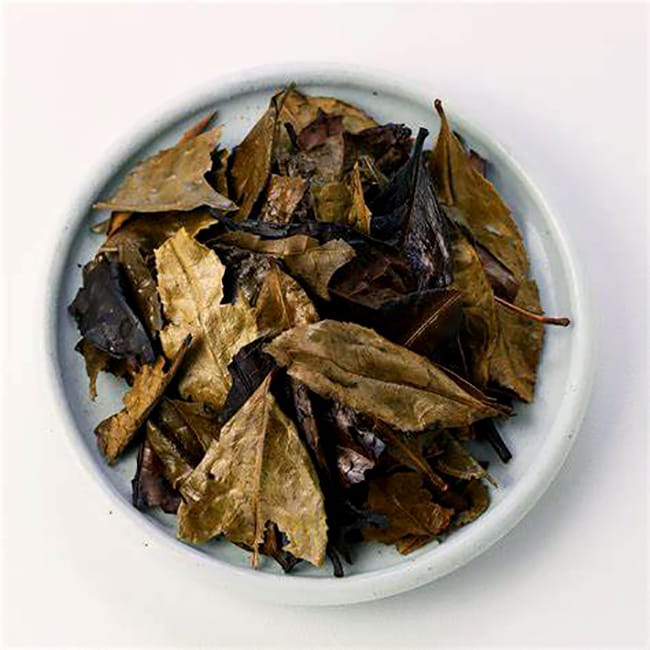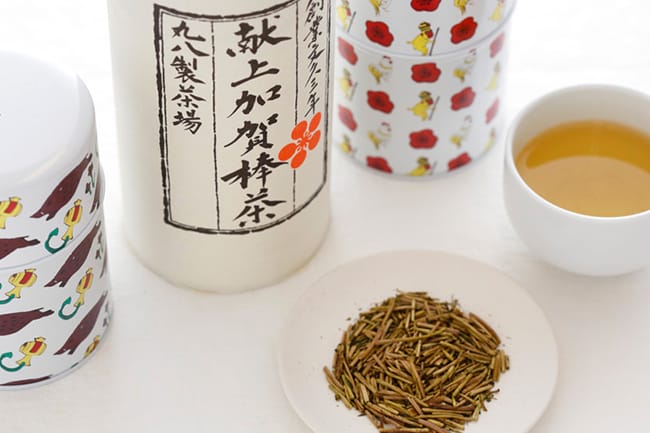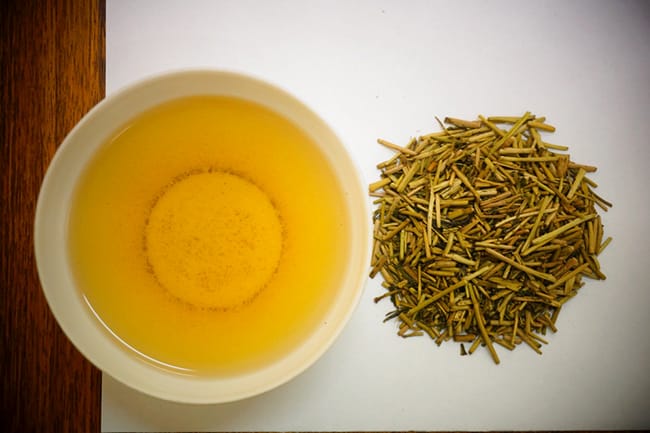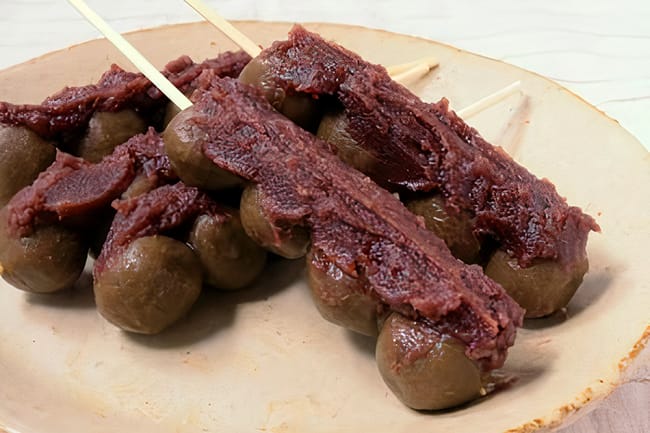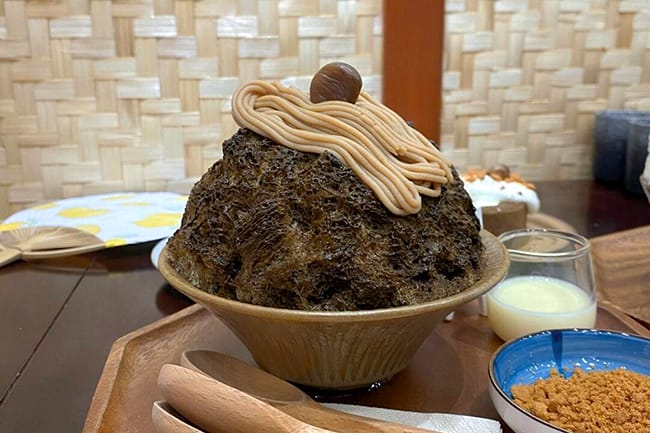Korean and Japanese cuisines lovers may be familiar with Genmaicha. It has a fully roasted flavor, but unlike Oolong, the fragrance is from the tiny rice grains in the tea. The Japanese green tea‘s unique umami and the roasted aroma of the genmai mix, stimulate your taste buds and provoke your appetite.
What Is Genmaicha
Genmaicha(げんまいちゃ,玄米茶) is originated in Japan, which belongs a kind of post-processing teas. It is made from Sencha or Bancha, blended with genmai in a 1:1 proportion. Nowadays, some tea merchants also use Matcha or some types of herbal teas as ingredients to produce Genmaicha.
Genmai originally meant brown rice without refined in Japanese. However, roasting this rough rice to make genmaicha will make the infusion muddy and tasteless. So, now tea masters prefer to pick the refined rice as Genmaicha’s raw ingredient after steaming and roasting it.
The Genmaicha products sold on the market have already blended up. If you want the same experience and flavor in each brewing, the Genmaicha tea bag is a nice choice. Compared with the loose leaves, the proportion of genmai and leaves in a tea bag will be more stable. In Japan, many traditional families and restaurants prefer to prepare Genmaicha themselves by using the separately sold roasted rice grains which called “brown rice tea base“(玄米茶の素).
There are no exact records about when and how Genmaicha came; it is generally thought that it was invented before the Second World War. About Genmaicha’s origin, there is a story approved by most people. It is related to another traditional Japanese food – Kagami Mochi(鏡餅, Mirror Cake.)
In Japan, there is a Traditional New Year custom. People make cakes with white rice, piling two or three pieces together as a New Year Decorate at home, for thanking and praying the gods’ blessing. After the holiday ends and the new year begins(typically in the middle of January,) the Japanese will perform a ceremony. They will smash the Kagami Mochi with a wood hammer, fry the cake pieces, or cook them into red beans soup.
You may ask why they use a wood hammer? Because after days of placing, the Kagami Mochi has become rigidity. And, as a tribute for serving gods, cutting it with a knife is considered unlucky. However, smashing the Kagami Mochi inevitably makes some chippings, which are hard to cook. But it is also a shame to waste anything edible, especially rare food like rice.
A Kyoto tea merchant tried to steam these rice cake chippings and roast them, then blend and brew these tiny crispy grains with Bancha; the tea’s flavor became more attractive as he thought.
Most Bancha is made from the lower-grade leaves; it is popular among ordinary people because of the low price they afford. And the way that blending of Bancha with roasted rice was also caught on. It helps improve the Bancha’s flavor and reuse the rare food that is supposed to be wasted.
Later, Genmaicha spread to Korea and Taiwan and got more and more popular. There is another saying that Genmaicha is originated in Korea. I thought it was a mistake because the traditional Korean tea – Hyeonmicha(brown rice tea) is without leaves. In some regions of China, people also have the custom to add roasted rice and peanuts in tea when drinking. Still, they were just for seasoning most of the time, and it didn’t become an exact tea type like the Japanese Genmaicha.
What Is Genmaicha Good For
Even though Genmaicha is made from low-grade green tea leaves and ordinary roasted rice grains, you can still get certain health benefits from it. And by the genmai joined in, the green tea gets some extra benefits.
Helping Relax
When you feel stressed, a cup of hot Genmaicha can help you relax. The genmai in Genmaicha reduces the proportion of the green tea leaves; in other words, it reduces the caffeine in your cup. Moderate caffeine can just relieve your nerves but not make them nervous.
The roasted grains in Genmaicha also contain a natural amino acid: gamma-aminobutyric acid(GABA.) This substance can help relieve anxiety and mental stress and probably prevent epileptic seizures. Besides, the charming roasted aroma of genmai can also make you feel comfortable.
One thing worth knowing is that the GABA content of brown rice is outclassed than the refined rice. But just as we mentioned previously, now almost all the Genmaicha is made from refined rice. Due to sometimes Genmaicha is also called Brown Rice Tea, the relax property may not be as powerful as you think.
Manage Obesity and Hypertension
Green tea originally is excellent for losing weight. The GABA in genmai also has an effect on reducing body fat and triglyceride. It can help stabilize blood pressure at the same time, reduce heart disease and stroke risk.
Anti-aging
The Bancha leaves of Genmaicha still contain rich EGCG, although it’s less to compare with the tender high-grade green tea leaves. Frequently having Genmaicha can help improve your antioxidant ability, delaying blood vessels and skin from age.
Why Do Japanese Restaurants Love Serving Genmaicha
Almost all the Korean and Japanese restaurants serve Genmaicha as free drinks. While you are waiting for the dishes, the robust roasted aroma of Genmaicha has already whetted your appetite. After you take a sip, the hot infusion slips down to your stomach and brings a comfortable, warm feeling. You become getting more expected to the dishes and feeling relaxed simultaneously.
Delicate Japanese cuisine like sushi tastes light; they want you to experience the combination of the natural food flavor. Suppose you have a habit of dipping some Wasabi or sauce; in that case, the strong aftertaste in your oral may affect the taste of your next piece of sushi. Some Genmaicha can help clean your oral, just like how the sorbetto works in French cuisine.
And when having grease and strong-flavor food like Ramen and Tempura, Genmaicha helps remove the grease feeling in your oral well. It can help decompose oil and digestion.
Of course, the most reason why restaurants love serving Genmaicha is because of the low cost. Especially to the sushi bar, they inevitably make some left-grains when preparing rice. These rice grains can be processed into genmai by a simple roasting, as a relish or making Genmaicha. And it’s consistent with the concept of why Genmaicha was birth: do not waste any food.
How To Make Genmaicha
To make Genmaicha is easy. If loose leaves are what you prepare, manage the proportion of leaves and genmai at 1:1 as well as possible. You can adjust it according to your taste after getting good at it.
- Prepare and preheat the teawares. Kyusu, a traditional Japanese teapot seems to be a good choice;
- Add Genmaicha leaves into the teapot, 3-5g for per guest;
- Add over 90℃ water in, cover;
- Steep for 30-45 seconds;
- Serving;
One thing that needs to know is that while you pour the infusion into the teacups, do not leave a drop inside the teapot. Once the genmai grains are soaking in hot water over time, they will swell and get soft, making the infusion muddy and influencing the quality. Genmaicha can typically make two brews.
Besides, you need to store the Genmaicha loose leaves with a hermetic container(like iron or paper can.) The dried genmai grains easily absorb the water in the air and lead to moldiness. They are also more attracted to bacteria breeding because of their rich starchiness. You need to check Genmaicha’s state carefully every time before you brew it.
